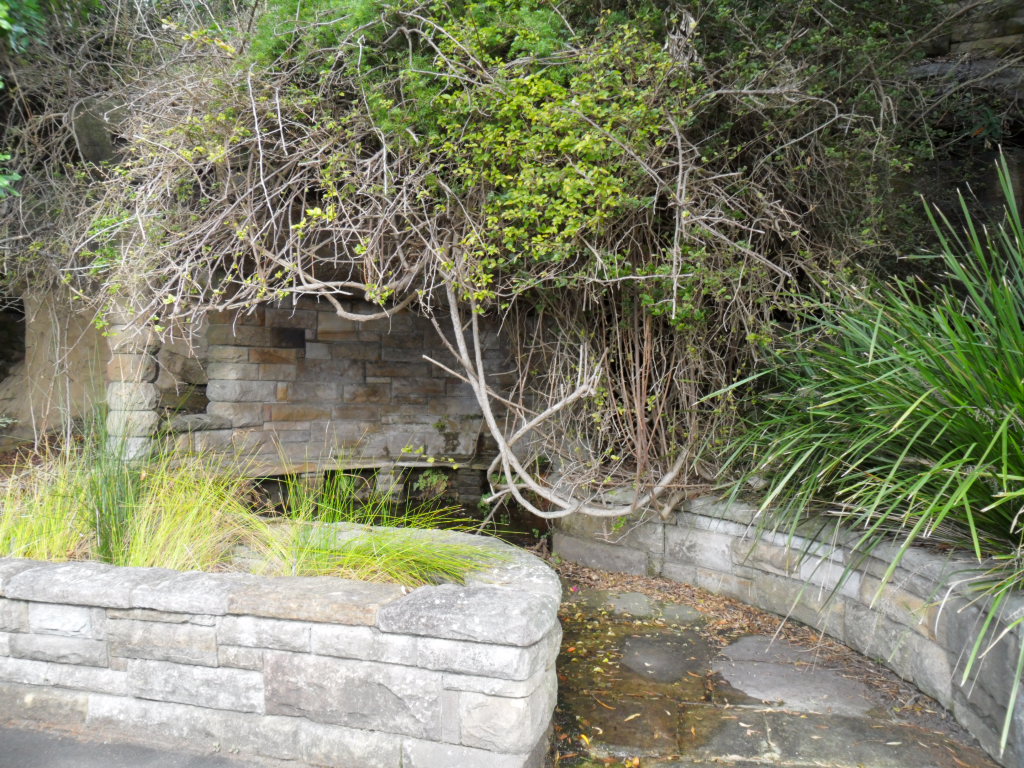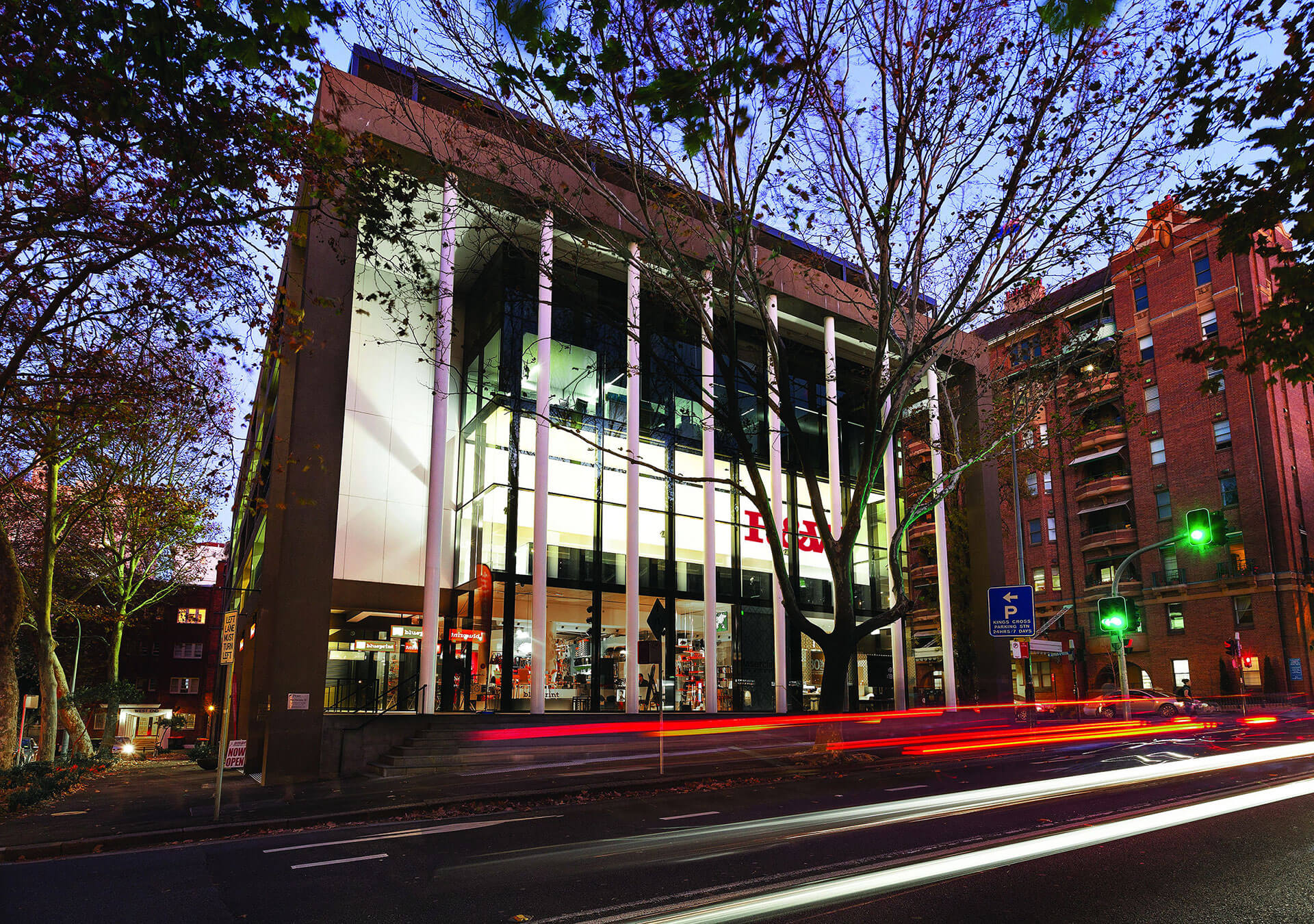ANCIENT GROTTO REVEALS HIDDEN HISTORY

A hidden, overgrown, shady stone grotto opposite 28 Billyard Avenue Elizabeth Bay could be easily overlooked by passers-by.
However, the careful observer will notice something unusual. It is not just unkempt but contains a stone seat. It is part sculpted and part hewn from the natural sandstone.
It is an ancient grotto and a remnant of various stairs, balustrades and retaining walls which embellished the garden of Elizabeth Bay House built in 1835-9 by Alexander Macleay (1767-1848). He was the Colonial Secretary of New South Wales (1826-1837).
His was the most sophisticated landscape design in NSW at the time and his beloved garden illustrated his love of botany.
Another grotto nearby also exists with its carved “1835” date and still remains, although its precise location is a local secret to protect it from vandalism.
The siting of Elizabeth Bay House, the driveway and layout of garden terraces and the east-facing grottoes were all carefully planned to maximise vistas to the dramatic Sydney Harbour.
They were places of repose providing shade and shelter in a cool spot in Summer from which to enjoy views.
In 1825 Robert Henderson, who had been recruited at the Cape of Good Hope oversaw the laying out of the gardens. In February 1829 Macleay’s daughter, Fanny, wrote about her landscape: “we have now some beautiful walks thro’ the bush. Mr [Edward] Deas-Thompson, who is possessed of an infinity of good taste, is the Engineer and takes an astonishing degree of interest in the improvement of the place.”
Other garden elements, now demolished, included spired stables c.1828, a gardener’s cottage c.1827, rustic bridge and pond c.1832.
Architect, John Verge (1788-1862), who designed of Elizabeth Bay House, probably designed the grottoes and retaining walls. Many were built using convict labour and required massive earth works requiring explosives.
Archival searches in the NSW Mitchell Library reveal Verge’s 1833 office ledger which refers to designs for other garden structures including gates, piers, copings and scroll ends for garden walls. A design for a bathing house (not built) dated 1834 is initialled “R.R.” and may be attributed to another architect and surveyor, Robert Russell (1808-1900), who was a recent arrival in Sydney.
The Elizabeth Bay House terrace walls formed general property boundaries in the area after subdivisions in 1882 and 1927. Elements including the grottoes and the rustic bridge were alienated and then became garden features of villas built following the 1882 subdivision.
Today, the grotto site opposite 28 Billyard Avenue site hidden and set back in the street having been more recently used a bus stop for the now altered 311 bus service.
It is an exceptional archaeological remnant and a rare, fascinating piece of our local landscape.
By Andrew Woodhouse Heritage Solutions





